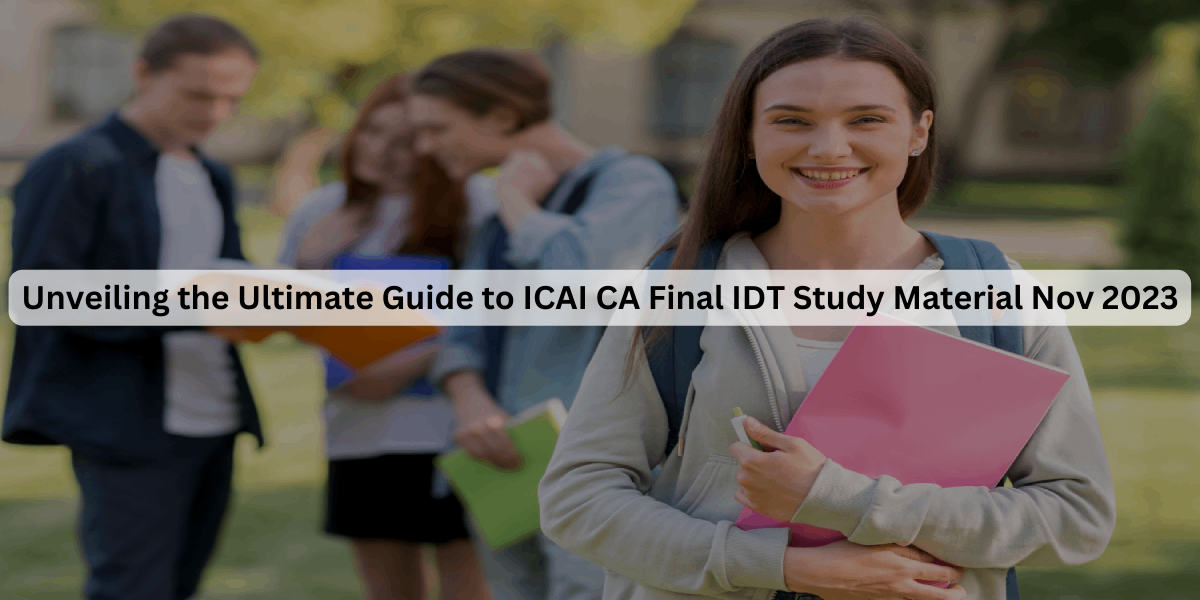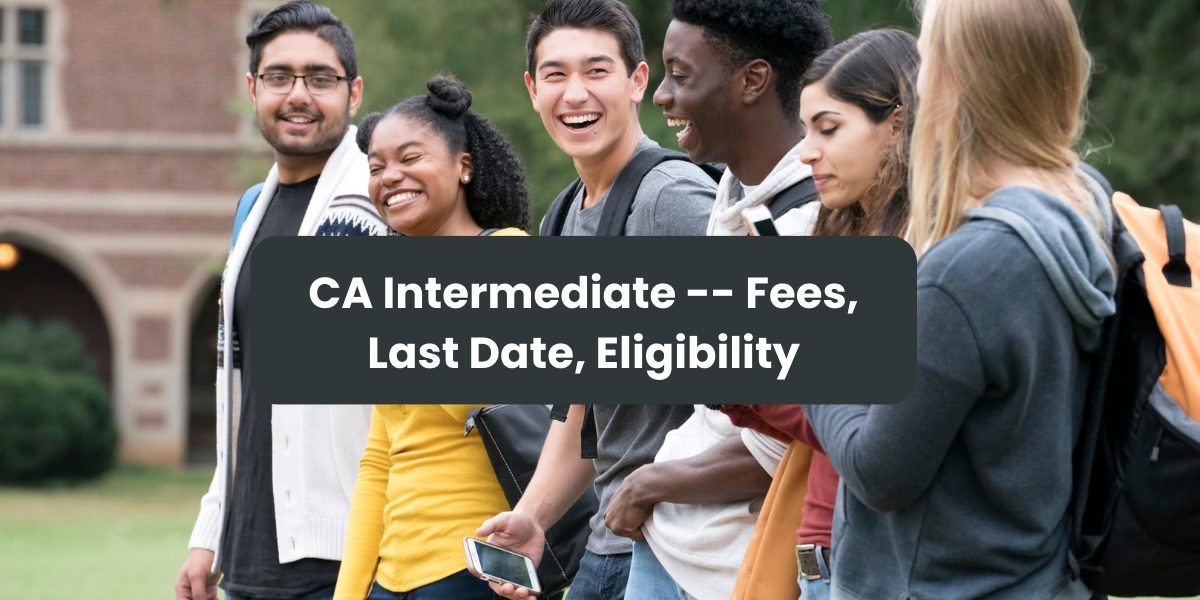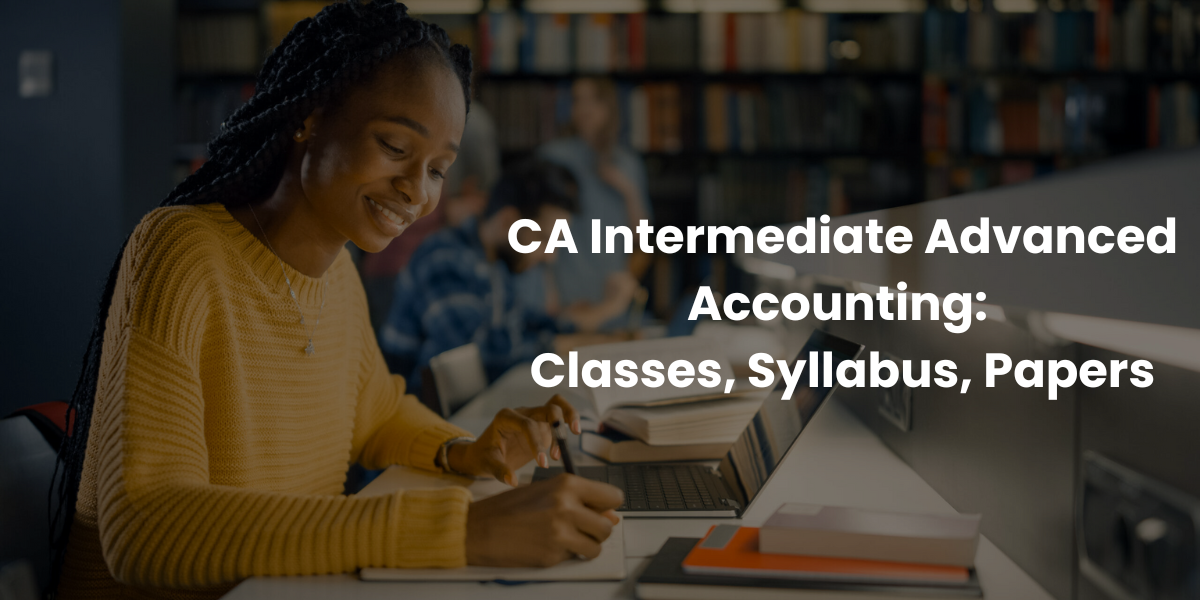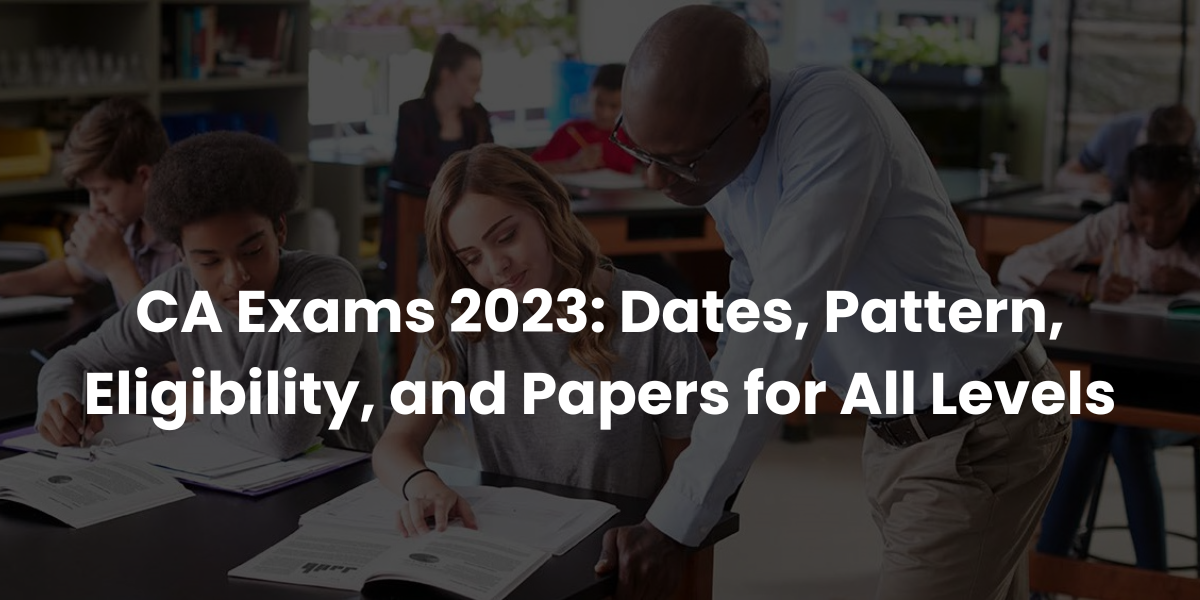The Ultimate Guide to ICAI CA Final IDT Study Material Nov 2023
For aspiring Chartered Accountants and Cost Accountants, the journey to achieving their coveted designations is both challenging and rewarding. The CA Final and CMA Final examinations are the last milestones on this journey. In this blog, we’ll take a closer look at the ICAI CA Final IDT Study Material for the November 2023 exam and explore valuable insights into preparation strategies. Whether you’re a CA or CMA final student, or if you’re simply seeking to enhance your knowledge of indirect tax, read on to discover a wealth of information.
Unlocking the Potential of ICAI CA Final IDT Study Material
- Comprehensive Coverage: The study material for Final IDT offers extensive coverage of the subject. It encompasses GST (Goods and Services Tax) and Customs Law, ensuring that aspirants have a holistic understanding of indirect taxation laws. This comprehensive approach is particularly beneficial as indirect taxes play a vital role in the country’s economic landscape.
- Recent Updates: Tax laws are dynamic, with frequent amendments and changes. The study material is regularly updated to reflect the latest legal provisions, case laws, and amendments. This ensures that candidates are well-prepared to tackle questions on the most current regulations in the examination.
- In-Depth Explanation: The study material goes beyond a mere surface-level understanding. It provides in-depth explanations of concepts, enabling candidates to grasp the intricacies of indirect taxation. This is crucial, as the Final IDT examination often demands a profound understanding of the subject matter.
CA Final IDT Classes and Online Resources
- CA Final IDT Classes: Many reputed coaching institutes and independent educators offer CA Final IDT classes. These classes are conducted by experienced faculty members who provide valuable insights, practical examples, and exam-oriented guidance. Attending these classes can be immensely beneficial, as they provide a structured approach to learning the subject.
- CMA Final IDT Classes: While CMA (Cost and Management Accounting) and CA (Chartered Accountancy) have distinct curricula, there is an overlap when it comes to indirect tax. Therefore, CMA Final IDT classes can also be advantageous for CA Final IDT aspirants. They cover common topics and help students gain a comprehensive understanding of indirect taxation.In addition to the study material, candidates can further enhance their preparation through CA Final IDT (MK) classes and online resources. Here’s how:
- Online Classes: In today’s digital age, online classes have gained immense popularity. CA Final online classes offer flexibility and accessibility, allowing candidates to learn at their own pace. These classes are often equipped with recorded lectures, study materials, and mock tests to aid in comprehensive exam preparation.
Preparing for CA Final IDT 2023
- Start Early: Begin your preparation well in advance to cover the vast syllabus thoroughly. Create a study schedule and stick to it.
- Use Study Material Wisely: The ICAI study material is your primary resource. Make sure to read it thoroughly, understand the concepts, and practice the questions provided.
- Take Mock Tests: Mock tests are invaluable for assessing your readiness for the exam. They simulate the exam environment and help you identify areas where you need improvement.
- Seek Guidance: Don’t hesitate to reach out to experienced faculty or peers if you have doubts or need clarification on any topic. Joining coaching classes can also provide structured guidance.
- Stay Updated: Given the dynamic nature of tax laws, stay updated with the latest amendments and case laws. Subscribe to tax-related newsletters or websites for regular updates.Here are some tips to prepare effectively for the CA Final IDT 2023 examination:
- Practice Regularly: Practice is the key to success. Solve previous years’ question papers and attempt practice questions regularly to reinforce your understanding.
Conclusion
The ICAI CA Final IDT Study Material for November 2023, along with CA Final IDT classes and online resources, offers a comprehensive toolkit for aspirants aiming to conquer the challenges of indirect taxation. By utilizing these resources effectively, staying committed to your preparation, and keeping yourself updated with the latest developments, you can enhance your chances of success in the CA Final IDT 2023 examination. Whether you’re pursuing a career in Chartered Accountancy or Cost and Management Accounting, a solid grasp of indirect taxation is a valuable asset in the ever-evolving world of finance and taxation.










